To date, I have lived 66 years and 39 days, most of them in the American West. I woke up this morning with the words of Wallace Stegner on my mind:
“One cannot be pessimistic about the West. This is the native home of hope. When it fully learns that cooperation, not rugged individualism, is the quality that most characterizes and preserves it, then it will have achieved itself and outlived its origins. Then it has a chance to create a society to match its scenery.”
― Wallace Stegner, The Sound of Mountain Water
Long as I can remember, what gets me up in the morning is the urge to be part of creating a society to match its scenery. Born in the summer of 1949, my people were last of the boomers and first of the generation fired with the misinformed optimism that we, in the United States of America, could lead the world in fashioning a new era of the spoils and inventions of war.
In the previous decade, as we clawed and scratched our way up from the aftermath of Black Tuesday, many of our communities still transported and powered themselves by horses, an astonishing selection of electric vehicles and well-intentioned urban rail systems. Across the plains, homesteads still baked bread and milked the cow by the light of 12 volt, wind-generated electron flow. Homes were constructed to collect precious rainwater for drinking and bathing in underground cisterns. To a great degree, we still dined from the good earth in our neighborhoods. Mine was the brave new generation who decided this way of life was way out of fashion and far too constraining on our freedom and bent for progress. Ours was the culture leading the world east of Eden where, within the span of my half-life we’ve pretty much consumed the Planet and what’s left is falling into the ocean.
As a United Methodist minister and storyteller, one of the myths that defines me is where humanity is formed of humus and set in the Garden to serve and keep it—to live a grounded life in harmony with our birth or get out. This is, first and foremost, our human endeavor and destiny, and, looking back to my humble beginnings on a farm in W. Oregon, it’s always been my journey. Four decades ago, when Debbie and I met and married in Ohio, the challenge to sacred and regenerative living became intertwined in our love life and our partnership in the churches. As our children, Joel and Erin were invited into the world, they really had no choice but to join the quest.
In forty one years there have been but a handful where some sun-collection contraption didn’t pre-heat the water for our showers and hot chocolate. We’ve learned to eat, heat and invest locally and organized communities of faith and their households to do the same. We have organized congregations to get on board with Community Supported Agriculture, advocate against policies that allow some to use more than their share and for those that enhance equitable distribution.
As we move into retirement, we leave a solarized home and garden in Eugene, Oregon and a congregation with a 28K photovoltaic system we installed with the help of the Solar Congregations Initiative of Oregon Interfaith Power and Light. We leave a community of prophets, advocates, activists and organizers who are second to none. As we move upstate into the community of McMinnville, the new call is to build a Net Zero home and take the next steps on our journey toward a Net Zero life. I say new call because this time on our precious Planet is like no other and the demands of conscience are unprecedented. Our journey has prepared us for this moment and persuaded us that, indeed, we all need to progress toward living a Net Zero existence or resign ourselves to living with the consequences east of the Garden.
Our house will be 1,000 square feet and will be Passive House certified. We will generate more than enough electricity not only to power our life in the house but to charge our electric car. Our plan is to have 9,000 gallons of storage for the rainwater we will collect. We are building in the middle of town, in walking distance to all the services and marketplaces. We want to show our neighbors that regular people can live this way, that communities can work together to create Net Zero and Emission Free neighbor hoods. We want to share the process and story of our building with all of you, as we do it with the builders of Cellar Ridge Construction.
What is Net Zero? What is Passive House construction?
A Net Zero Energy house is one that, over a year’s time, produces as much energy as it uses…Net Energy Use = 0. A Net Positive Energy house produces more energy than it uses. Ours will produce more than it uses and the excess will be used to charge our electric car. Passive House construction is the best way to achieve a Net Zero or Net Positive living space because the energy requirement for heating and cooling will be so minimal that a very reasonably-sized photovoltaic solar array can generate more than we need. Passive House Institute U.S. (PHIUS—-phius.org) has a very informative website, describing the standard much better than I can and answering a host of questions almost everyone has about this strategy for building.

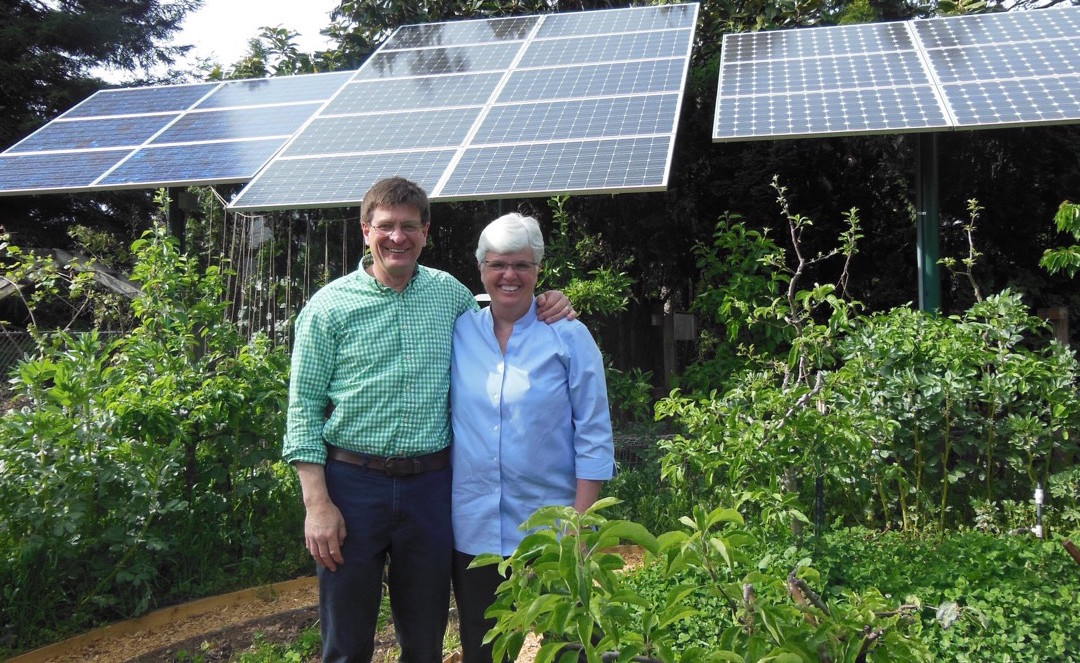
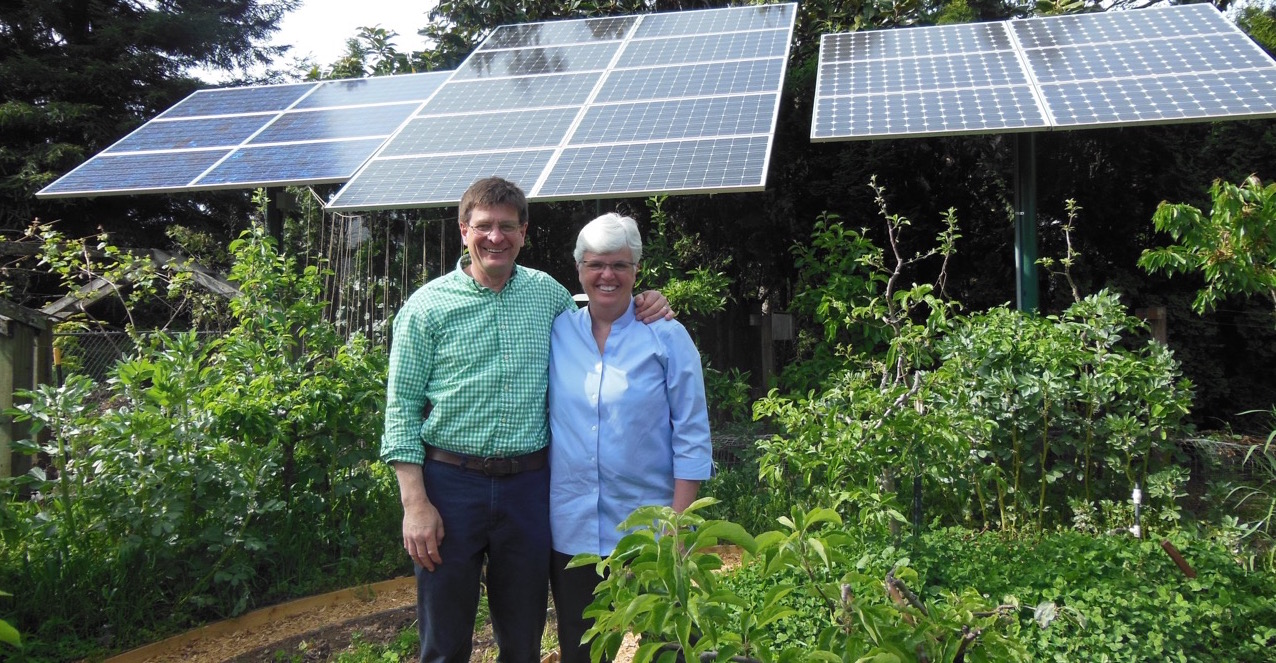


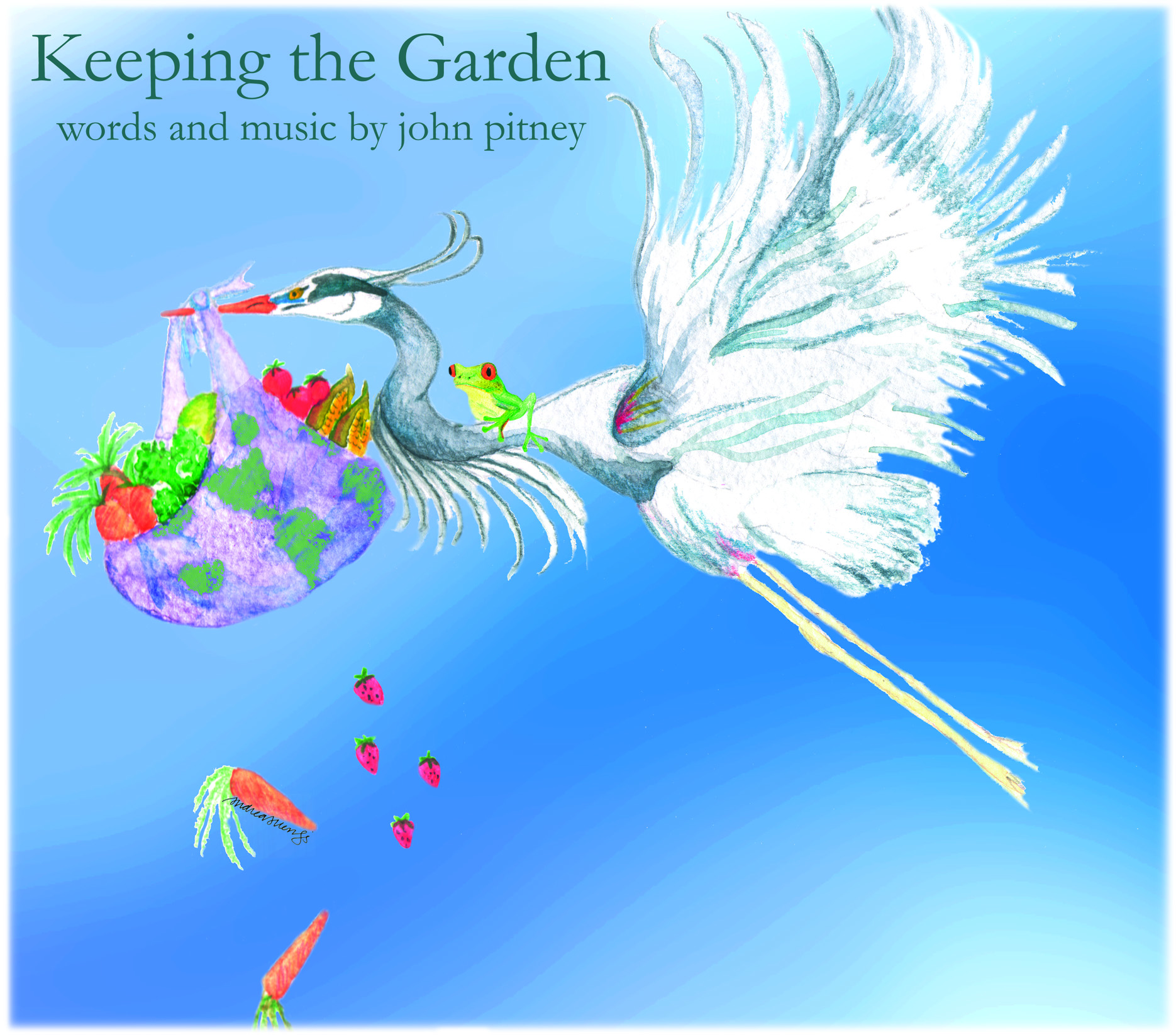
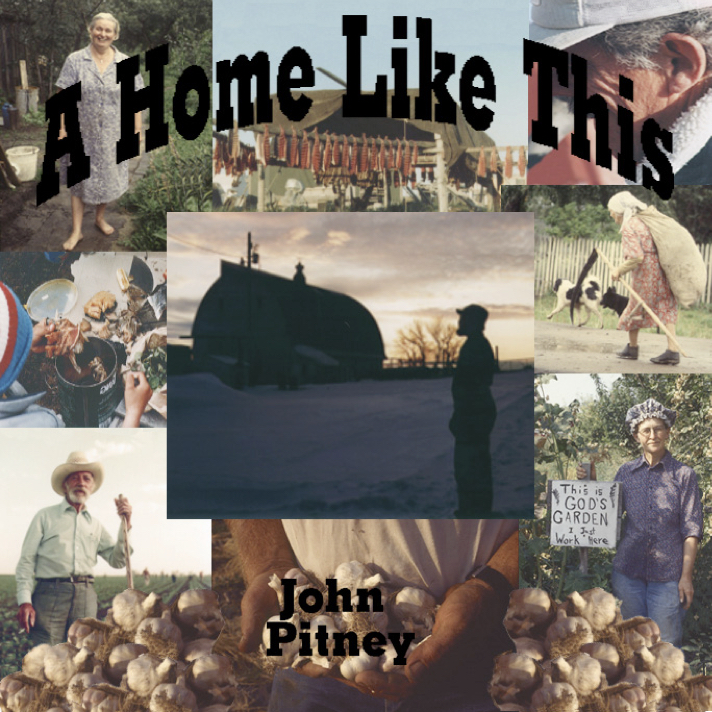
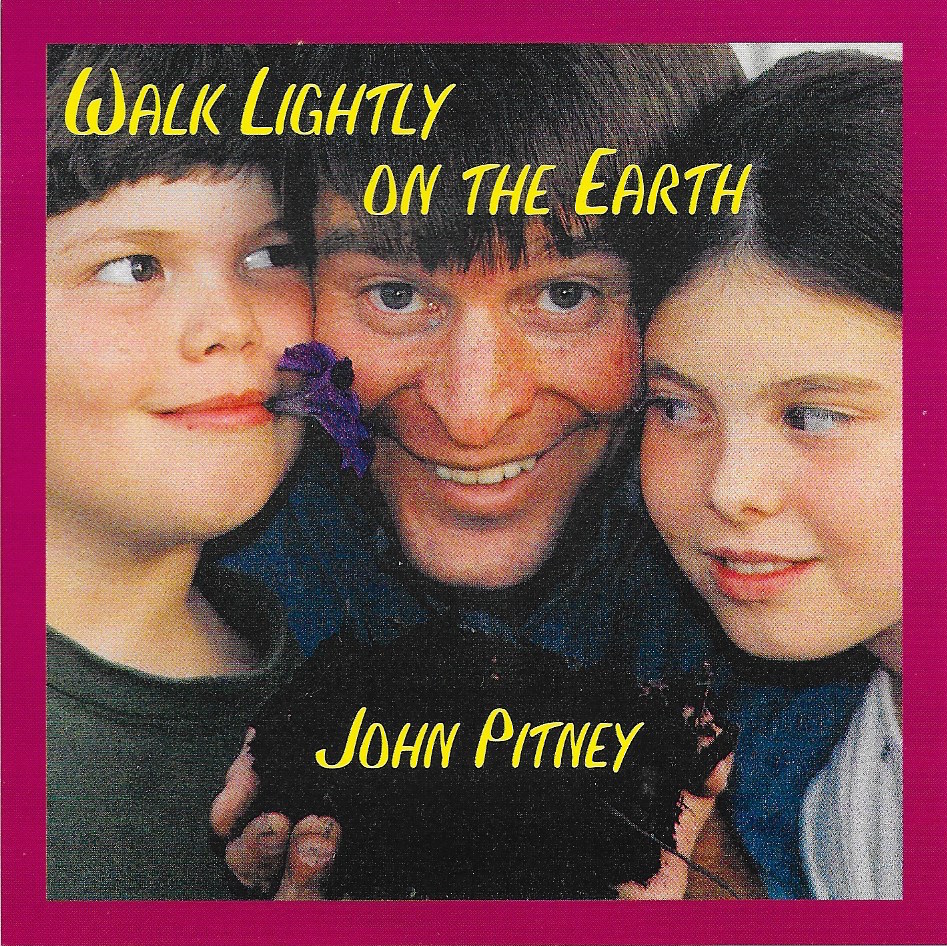

Glad to see an update on your project, and looking forward to watching progress. God bless.
I am very impressed. Great work and great philosophy of life and community. Where are you in McMinnville?